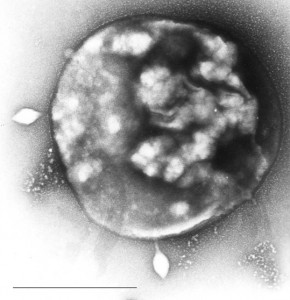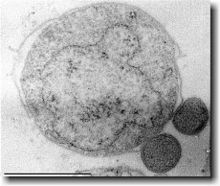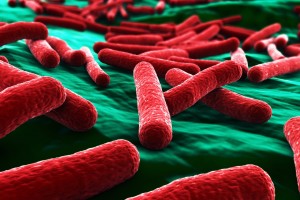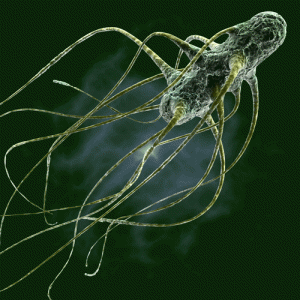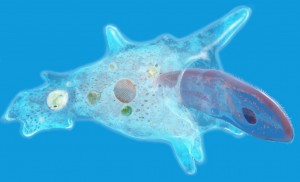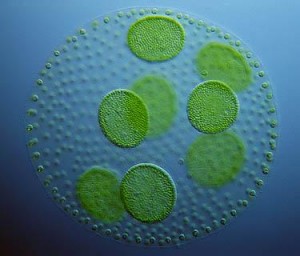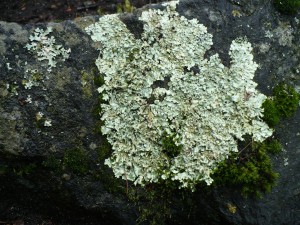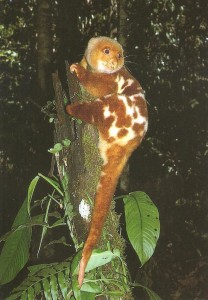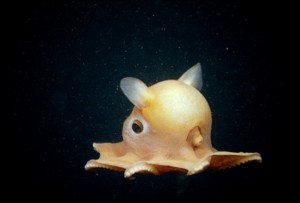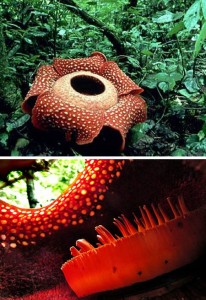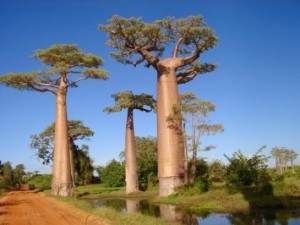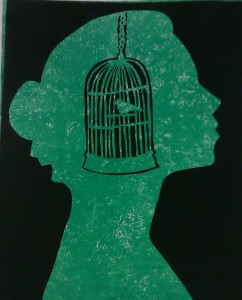1. n terms of maximizing diffusion, what was the most effective cube you tested?
The 1cm^3 cube was the most efficient at maximizing diffusion.
2. Why was size most effective at maximizing diffusion? What are the important factors that affect how materials diffuse into cells or tissues?
The ratio of the surface area to volume was 6:1, meaning that this cube had 6 times the space to absorb the solution than needed to be coloured.
3. If a large surface area is helpful to cells, why do cells not grow very large?
Cells growing larger would increase the surface area, but it would also increase the volume that the surface area needs to absorb nutrients for and would thus be ineffective.
4. You have 3 cubes, A, B and C. They have surface-volume ratios of 3:1, 5:2 and 4;1 respectively. Which of these cubes is going to be the most effective at maximizing diffusion, how do you know this?
Cube C will be the most effective at maximizing diffusion, as it has the greatest ratio of surface area to volume. It has more surface area that is able to absorb nutrients for the comparatively small volume.
5. How does your body adapt surface area to volume ratios to help exchange gases?
Smaller cells and organelles have evolved over time to be able to efficiently absorb and exchange gases to power themselves and the cell they belong to.
6. Why can’t certain cells, like bacteria, get to be the size of a small fish?
Because the ratio of surface area to volume would be unsustainable and not enough nutrients would be able to be absorbed to power the cell.
7. What are the advantages of large organisms being multicellular?
Have many small cells better allows each to be able to function properly and to be able to exchange nutrients and gases with one another with minimal effort, as well as for nutrients to be absorbed most efficiently.


